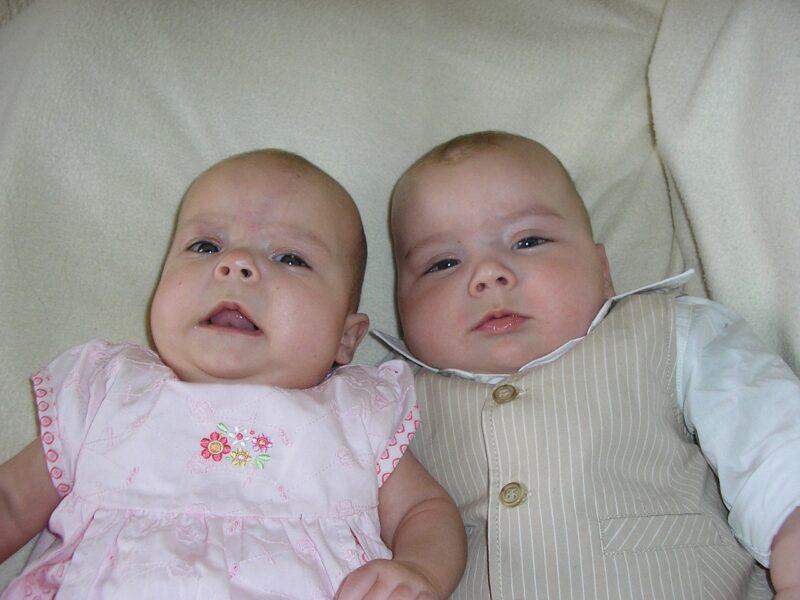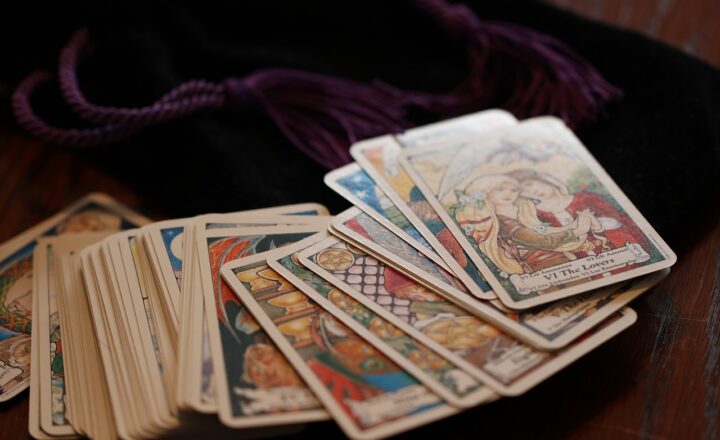The Strange Case of the Pollock Twins: Reincarnation or Coincidence?
November 12, 2024

Reincarnation has been a topic of fascination and debate for centuries, often drawing the attention of those intrigued by the mysteries of life and death. One of the most compelling cases is that of the Pollock twins, who allegedly exhibited signs of having lived previous lives, raising questions about the nature of existence and the possibility of life after death.
This article delves into the intriguing story of the Pollock twins, exploring the events surrounding their lives and the evidence that some believe supports the theory of reincarnation.
1. The Tragic Background: The Accident that Changed Everything
The story begins on May 5, 1957, in the quiet town of Hexham, Northumberland, England. A tragic car accident took the lives of two young sisters, Jacqueline and Anna Pollock, aged 6 and 11. Their death left a profound impact on their family, especially their parents, Joe and Florence Pollock. Stricken by grief, the Pollocks sought solace in their beliefs about life, death, and the possibility of reincarnation.
Just sixteen months later, on October 4, 1958, the Pollock family welcomed two new daughters into their lives: Gillian and Jennifer, the surviving Pollock twins. From the very beginning, there were peculiar signs that startled their parents and others around them.
2. Signs of Reincarnation: The Twinned Lives
As the twins grew, uncanny similarities to their deceased sisters surfaced. The Pollock twins began to exhibit behaviors and knowledge that were inexplicably linked to Jacqueline and Anna. For example, both girls referenced their deceased siblings directly, despite having no prior knowledge of them.
These early instances raised eyebrows—could they be merely coincidences, or was it possible that the twins were embodying the spirits of their late sisters? Here are some notable occurrences:
- Unexplained Knowledge: At a young age, Jennifer Pollock began recognizing places and items that had been associated with her deceased sisters. One incident involved her identifying a doll that had belonged to Anna, a detail her parents hadn’t mentioned before.
- Phobias and Preferences: The twins displayed fears characteristic of the accidents that took the lives of Jacqueline and Anna. For instance, they exhibited a strong aversion to cars, similar to how their sisters had felt before the accident that claimed their lives.
- Recollections of Family Time: Gillian and Jennifer often spoke about memories that seemed far beyond their age. They delighted in recounting experiences such as trips to places they had never been but had been traveled by their sisters.
These stories fueled speculations that the twins were perhaps reincarnations of Jacqueline and Anna Pollock, making the case one of the most bizarre and intriguing studies of reincarnation in history.
3. The Investigators: Dr. Ian Stevenson and His Research
In the realm of parapsychology and reincarnation studies, Dr. Ian Stevenson stands out as one of the most noteworthy figures. Over the course of decades, he documented numerous cases of children who claimed to remember past lives, and he devoted significant effort to scrutinizing the Pollock twins’ story.
Stevenson’s meticulous research involved interviewing the Pollock family and gathering testimonies from individuals who could corroborate the twins’ claims. Stevenson’s work suggested that the twins’ knowledge and behaviors could not be easily dismissed as mere coincidence. He proposed that many aspects of their lives provided compelling support for the notion that they might indeed embody the spirits of their deceased sisters.
4. Emotional Impact: The Family’s Perspective
The emotional ramifications of the Pollock twins’ case extend beyond the dramatic claims of reincarnation. Their parents, Joe and Florence Pollock, embraced the idea that their daughters had returned to them, offering them hope amid their grief. There was a sense of continuity in their family, an idea that life doesn’t end with death but rather transforms and persists in different forms.
However, this belief was not without its challenges. As the twins grew older, the association with their deceased siblings faded, and they became individuals in their own right. Gillian and Jennifer later expressed reluctance to discuss their early memories, causing tensions for their parents, who grappled with their grief and the notion that their children were truly reincarnated souls.
5. Skepticism and Criticism: A Balanced Perspective
Despite historical fascination and extensive investigation, the Pollock twins’ case has also faced criticism. Skeptics argue that the psychological phenomenon of cryptomnesia could explain the twins’ behaviors. This theory suggests that recollections labeled as memories from past lives may stem from suppressed memories or knowledge absorbed from external sources, rather than genuine reincarnation.
Moreover, the possibility exists that the skills or preferences the twins displayed were learned behaviors rather than direct recalls of previous lives. Skepticism serves an essential role in the discourse surrounding reincarnation, reminding us to examine evidence from various perspectives and bear in mind that psychological explanations can complement spiritual interpretations.
6. Conclusion: A Case Like No Other
The case of the Pollock twins continues to provoke discussion and inquiry among scholars, skeptics, and spiritual followers alike. The juxtaposition of grief, hope, psychological phenomena, and spiritual beliefs embodies the multifaceted nature of human existence and our ongoing quest for understanding what happens after we die.
Whether one regards the Pollock twins as reincarnated souls or simply two children affected by tragedy is a matter of personal belief. Nevertheless, their story stands as a significant chapter within the broader conversation on reincarnation, challenging us to confront our own perspectives on life, death, and the possibility of continued existence beyond the mortal coil.
In a world increasingly driven by scientific rationality, the Pollock twins’ tale serves as a poignant reminder of the mysteries that still linger around us, prompting important questions about the nature of consciousness and what it means to be human. Perhaps the true essence of their story lies not in the conclusion but in the rich and varied experiences it inspires in us all.








